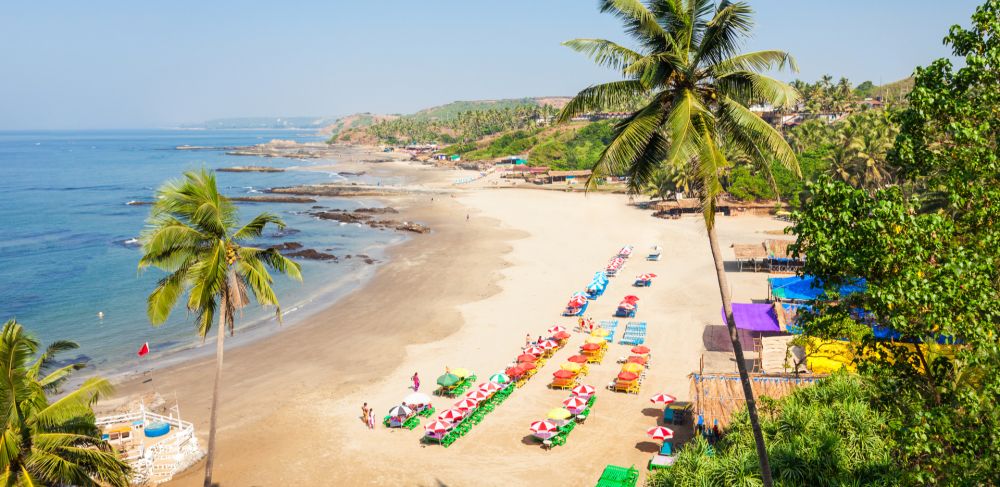

The emerald landscape of South Goa, with its serene beaches, colonial architecture, and laid-back ambiance, has long beckoned travelers seeking solace away from the bustling crowds. The history of tourism in South Goa is inherently tied to its colonial past and the subsequent evolution of its cultural landscape.
The roots of tourism in Goa can be traced back to the arrival of the Portuguese in the 16th century. While initially, the region's appeal was predominantly for its strategic importance and spices, by the 20th century, Goa's stunning coastline and unique Indo-Portuguese culture began attracting a different kind of visitor.
The 1960s and 1970s saw the rise of the hippie movement, with travelers from around the world descending upon South Goa's beaches, drawn by the allure of an idyllic and bohemian lifestyle. These early tourists were entranced by the tranquility of beaches like Palolem, Agonda, and Patnem, as well as the blend of Indian and Iberian cultures.
As word of Goa’s paradisiacal beaches spread, the late 20th century marked the beginning of the package holiday era. Development followed, with the rise of resorts, restaurants, and other tourist facilities. South Goa, however, managed to retain much of its peaceful charm in comparison to its northern counterpart, thus becoming a haven for those seeking a more relaxed vacation experience.
In recent years, there has been a noticeable shift towards sustainable and responsible tourism. South Goa has seen the introduction of eco-friendly resorts, organic restaurants, and tourism that supports local communities. Additionally, the rise of digital nomadism has brought a new wave of visitors who blend work and travel, staying for extended periods while benefiting from the region's laid-back vibe.
Adventure tourism has also taken a foothold, with South Goa offering a plethora of activities like water sports, trekking, and cycling. Wellness tourism is flourishing too, with a growing number of yoga retreats and wellness centers that capitalize on the region's serene environment.
There is a concerted effort by the government and local stakeholders to preserve the cultural and natural heritage of South Goa. This includes restoration projects for colonial buildings and churches, conservation of wildlife sanctuaries, and protection of the pristine beaches.
As South Goa continues to grow as a tourist destination, the balance between development and preservation is critical. The future of tourism in South Goa looks towards a sustainable model that respects the beauty of the region while offering visitors a unique and authentic experience.
Today, amidst a globalized world, South Goa stands out as a destination that has adapted to the changing tastes and preferences of global travelers, all while holding onto the essence that originally made it so attractive. Its journey from a quiet colonial outpost to a world-renowned tourist destination is a testament to its enduring allure and the timeless charm of its beaches, culture, and people.